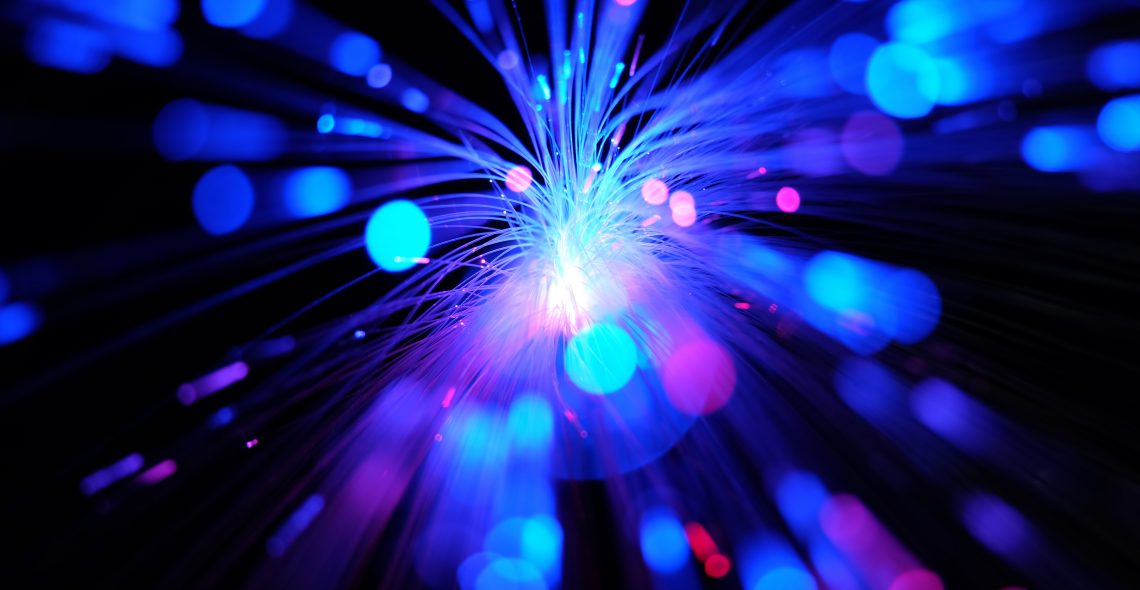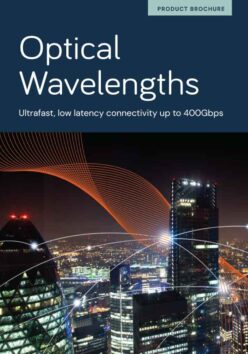Dark Fibre, as the name suggests, is unlit fibre optic which can be leased or purchased and to which a business then adds their own equipment to light in order to transmit data.
What is the bandwidth of dark fibre?
Dark Fibre bandwidth is virtually infinite and is simply down to what technology the business chooses to use. Due to the high costs associated with Dark Fibre it would make the most sense to get the most capacity you can from the fibre.
How fast is Dark Fibre network speed?
This is where Wavelength Division Multiplexing (WDM) comes in. WDM has been a breakthrough in optical technology which enabled the light used to be split out across the spectrum in to a range of differing wavelengths, all at a different frequency, along which data can be transmitted simultaneously – thus vastly increasing the capacity along that fibre strand. For the highest capacities, Dense WDM (DWDM) can enable 80 channels across a single fibre with capacity of 100Gbps per wavelength depending on the distance of the fibre, and thus how far the light must travel.
Build your Dark Fibre network nationwide
Total control, near limitless capacity







